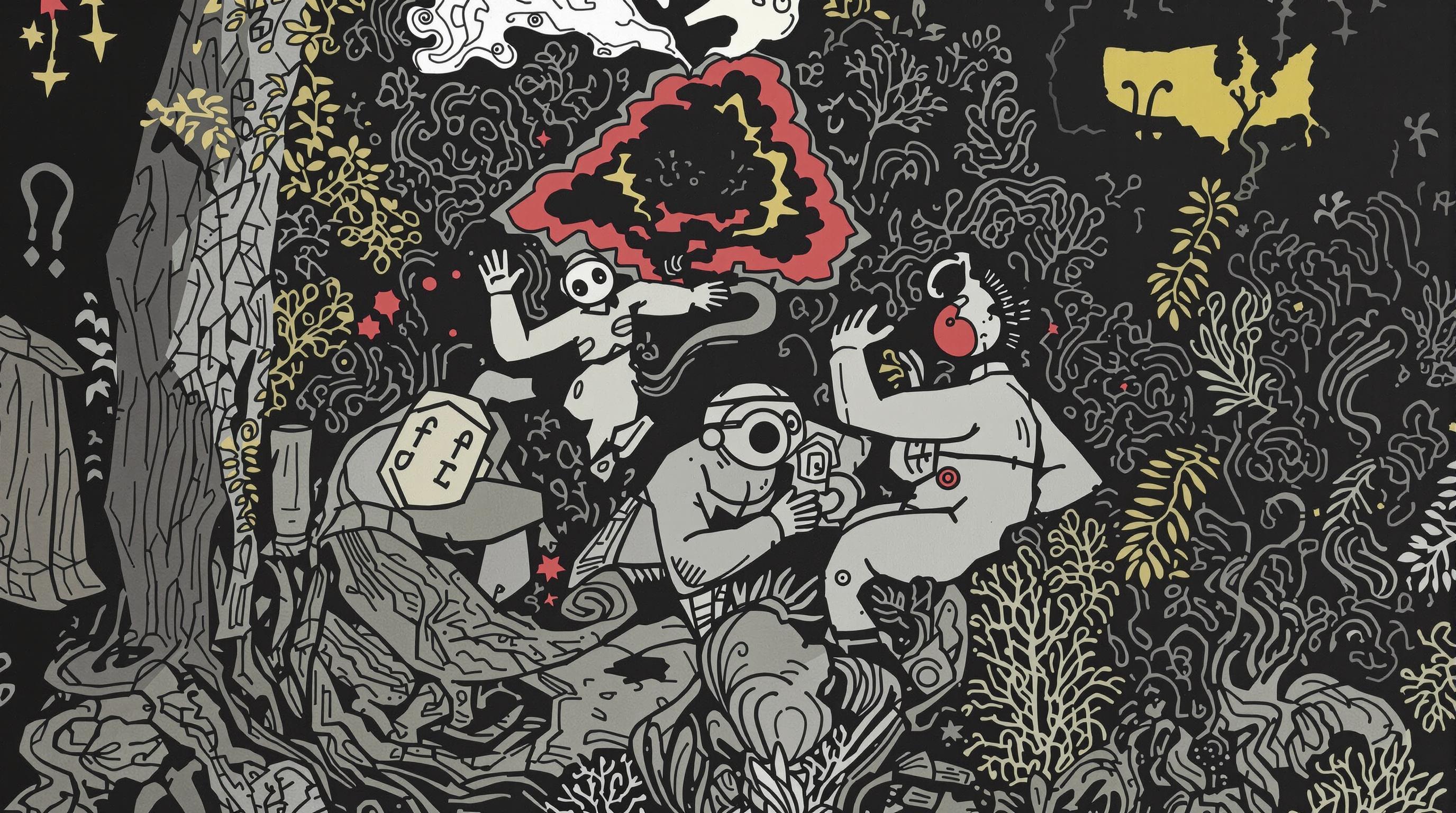Related Articles
- Top 6 AI-Driven Tax Software Tools Revolutionizing Compliance Management Since 2019
- 7 Cutting-Edge Employee Monitoring Tools Launched Since 2019 That Redefine Workplace Compliance and Transparency
- Decoding the Influence of Behavioral Science on Financial Reporting Accuracy and Regulatory Adherence
- Unveiling the Secret Role of Folklore in Modern Intellectual Property Disputes
- When Workplace Surveillance Crosses the Line: Unseen Conflicts Between Privacy and Productivity Rules
- How Digital Watermarking is Revolutionizing Ownership Proof in the Age of AI-Generated Content
Unveiling the Secret Role of Folklore in Modern Intellectual Property Disputes
Unveiling the Secret Role of Folklore in Modern Intellectual Property Disputes
Folklore, often dismissed as mere myth and tradition, is increasingly at the heart of complex intellectual property disputes in our digital age. This article explores how ancient stories shape modern legal battles, blending cultural heritage with cutting-edge law.
Imagine a bustling courtroom where lawyers debate the ownership of a centuries-old folk song being sampled by a global pop star. The stakes are high—not just money, but cultural identity itself.
Folklore as Intellectual Property: An Unexpected Crossroads
At first glance, folklore and intellectual property (IP) seem worlds apart. Folklore is communal, passed down orally across generations, while IP usually concerns individual creators and legal protections. However, with globalization and digital media’s ubiquity, traditional knowledge and cultural expressions—like folktales, songs, dances, and crafts—have become valuable assets, sometimes exploited without consent.
To put this into perspective: according to the World Intellectual Property Organization (WIPO), 80% of the world’s population relies on traditional knowledge and expressions, many of which qualify as folklore. Yet, fewer than 5% of these are adequately protected under conventional IP laws (WIPO, 2021).
A Case Study: The Maori and the Kiwifruit
New Zealand’s Maori tribe provides a compelling example. The indigenous people have long called the hardy vine "Kiwifruit," but the commercial use of the name led to heated disputes. The tribe argued for recognition and control, asserting their cultural heritage was being exploited. Although the name is now a globally recognized brand, Maori groups continue to push for fair benefits and protective legal frameworks.
This conflict highlights the delicate balance between protecting communal heritage and commercial interests.
Legal Labyrinths: Challenges in Defining Ownership
Folklore’s communal nature clashes with IP law’s foundational principle of individual or corporate ownership. When is folklore considered “public domain,” and when does it warrant protection? This question bogs down many courtrooms.
For example, the United States copyright system typically does not recognize folklore as protectable since it lacks a single identifiable author. Yet, some countries, like India, have begun to craft sui generis laws—unique legal protections—to safeguard traditional knowledge against biopiracy and unauthorized exploitation.
Interesting fact:
India’s Traditional Knowledge Digital Library documents over 34,000 traditional medicinal formulations, aiming to prevent patent claims by foreign entities (CSIR, 2020).
The Digital Age: Folklore Goes Viral
Here’s where it gets really knotty. The internet allows folklore elements to spread faster than ever, raising copyright dilemmas worldwide. Viral memes, remixes of folk songs, or digital representations of traditional art often fall foul of IP laws—sometimes unintentionally.
A famous example is the "Ghanaian stitch," a traditional textile design that was digitized without community approval and ended up on a major fashion brand's clothing line. This sparked an outcry, pushing international attention towards ethical sourcing and respecting traditional creators.
Folklore as a Political Tool
Folklore isn’t merely about stories; it often embodies political and identity struggles. Tribes, ethnic groups, and nations use folklore claims to assert sovereignty or resist cultural appropriation.
For instance, during the long-running legal debates around the Sami people of Scandinavia, their traditional reindeer herding stories and symbols have become focal points to highlight indigenous rights against large corporations exploiting the Arctic's resources.
This dynamic has led to calls for “cultural rights” to be recognized alongside standard IP rights—a rapidly evolving frontier in international law.
Let's talk numbers again:
A recent survey showed 68% of indigenous communities worldwide feel their cultural heritage has been exploited commercially without adequate compensation or recognition (UNDRIP, 2019).
The Humor Hidden in Folklore IP Battles
Not every folklore-related IP dispute is dry and heavy. Some court cases have eerie, even amusing twists. For example, a European village fought to trademark its centuries-old “witch dance” only to discover multiple nearby towns performed similar rituals—but with wildly different costumes.
One judge reportedly quipped, “How do you trademark weirdness?” underscoring the challenge of pinning down culture with rigid legal definitions.
Why Should You Care?
Folklore is the DNA of cultural identity, shaping who we are and where we come from. In a world increasingly interconnected, respecting and protecting these intangible treasures matters. The IP disputes aren’t just legal squabbles—they’re battles over collective memory and respect.
Whether you’re a student, artist, or entrepreneur, overlooking these issues could mean unintentional infringement or eroding deeply-held cultural values. When you remix or use traditional elements, think before you leap.
Looking Forward: Toward Equitable Solutions
Innovative legal frameworks, like the Nagoya Protocol, aim to create fair benefit-sharing mechanisms for traditional knowledge holders. International cooperation is key, as is involving indigenous and local communities in decision-making processes.
Technology itself offers solutions: blockchain for provenance tracking, digital archives, and community-managed databases are being trialed worldwide to ensure transparency and respect.
In Closing
Folklore’s secret role in IP disputes reflects a broader tension between tradition and modernity. The ancient wisdom tucked inside stories, songs, and symbols deserves protection—not only to preserve heritage but to foster global respect and equity.
As digital tools continue to evolve, the legal world must keep pace, or risk losing the rich tapestry of human culture to misunderstanding, misappropriation, and exploitation.
References:
- World Intellectual Property Organization (WIPO). (2021). Traditional Knowledge and Intellectual Property.
- CSIR (Council of Scientific and Industrial Research). (2020). Traditional Knowledge Digital Library Highlights.
- United Nations Declaration on the Rights of Indigenous Peoples (UNDRIP). (2019). Indigenous Communities Survey on Cultural Exploitation.



